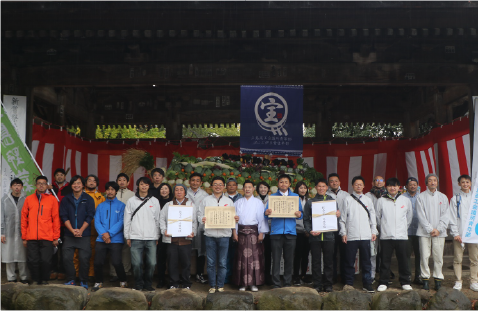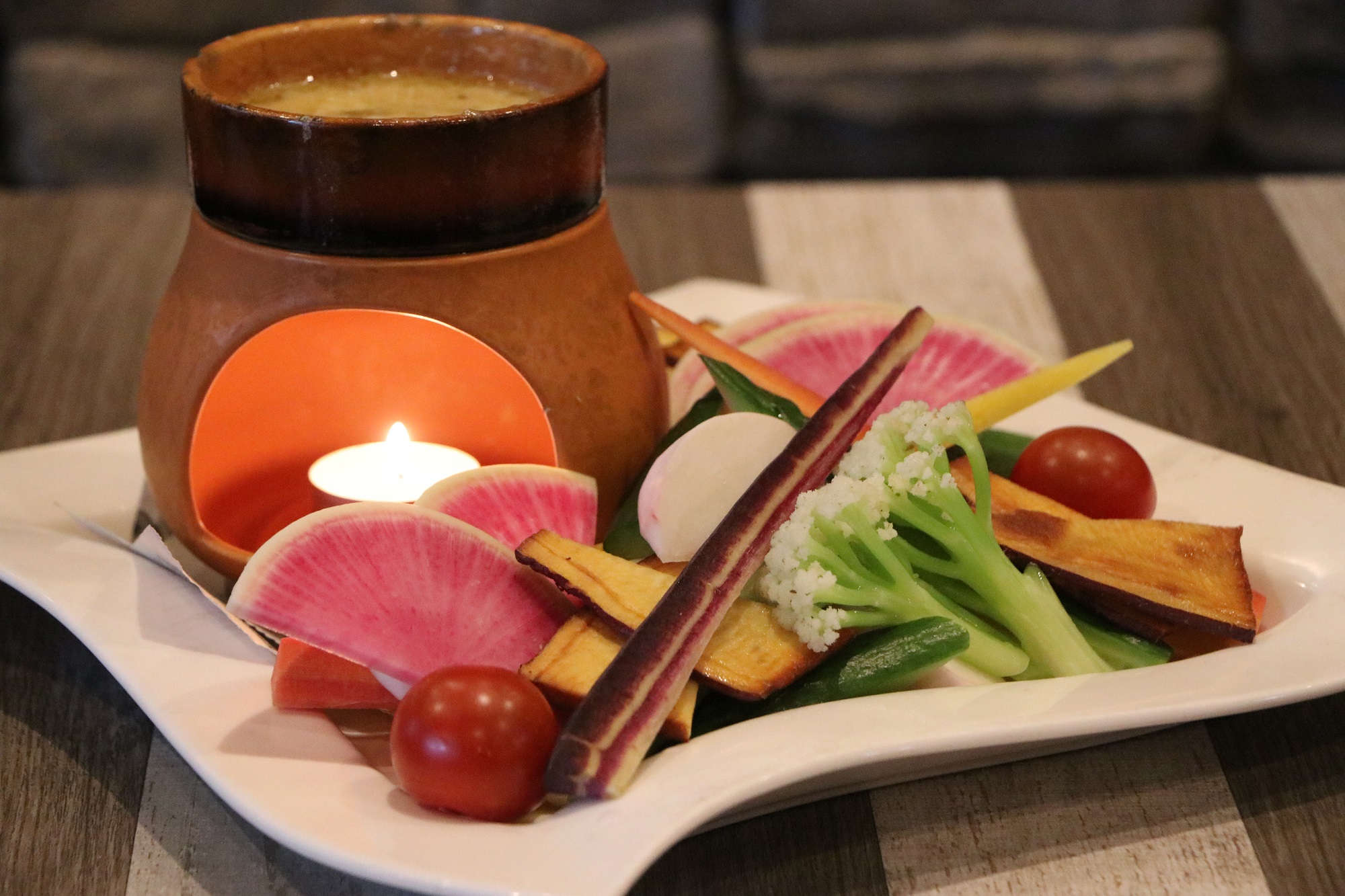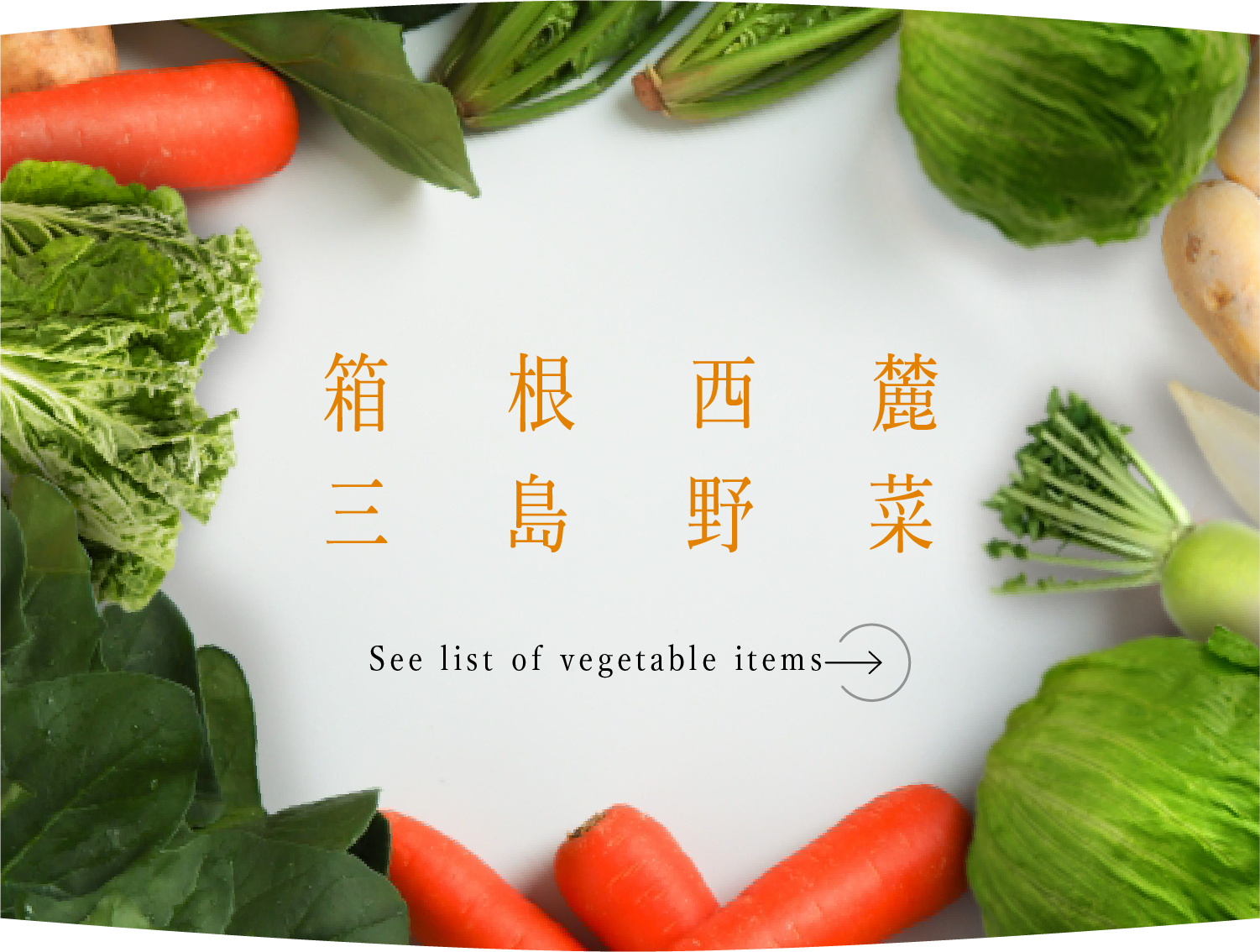The “New Year’s Tasting Ceremony” to give thanks for the harvest throughout the year.
Festival to give thanks for a bountiful harvest
The new harvest festival was held at Mishima-taisha shrine.
The Shinnae Matsuri is a harvest festival that has been held throughout Japan since ancient times to give thanks for the new grain harvested that year. It is an autumn festival of thanksgiving, as opposed to the spring festival of prayer for the year’s good harvest.In contrast to the annual Shinmamesai, the first festival held after the emperor’s accession to the throne is called Otamesai.
Every year, on the same day as the Mishima-taisha Shrine festival, the JA and Mishima Chamber of Commerce and Industry Youth Club cooperate to dedicate a treasure ship full of Hakone-nishifuku Mishima vegetables. On the 22nd, the day before the festival, the farmers who will dedicate the vegetables performed misogi at Takigawa Shrine.
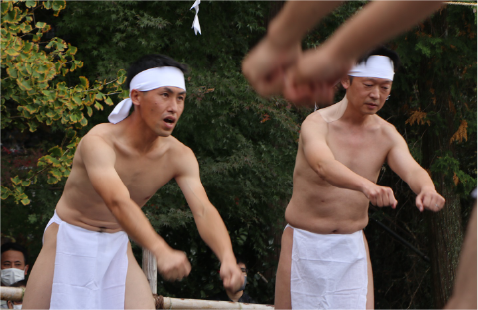
*Misogi performed at Takigawa Shrine
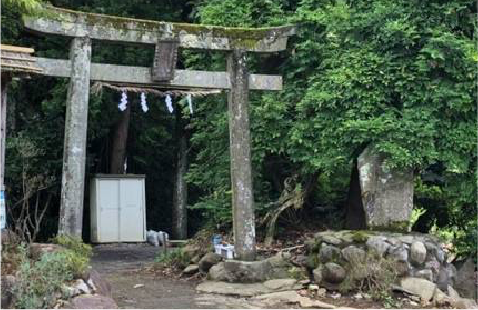
*Takigawa Shrine is located in Kawaragaya, Mishima City, and is dedicated to “Seoritsuhimenomikoto,” a deity enshrined in the shrine. In ancient times, the shrine was called Takigawa Fudo, a place of folk belief, and was also a place of misogi (purification) where water was worshiped and practitioners gathered.

Origin of the Shinmai Festival
Every year on October 17, the first harvest of the year is offered to Amaterasu at the Ise Jingu Shrine. On the same day, “Jinnae-bushi-Matsuri” is held at shrines all over Japan to celebrate the “Jinnae-Matsuri”.At the end of the year’s harvest, the “Shin-tamesai” ceremony is held to give thanks for the year’s harvest.
Mr. Yatabe, the chief priest of Mishima Taisha Shrine, says that Japanese people used to be particularly conscious of “spring” and “autumn” because rice planting takes place in spring and harvesting takes place in autumn.As evidence of this, there are festivals to pray for a bountiful harvest in spring called “Prayer Festival” and “Rooster Festival,” and festivals to give thanks for a bountiful harvest in autumn called “Jinnae Festival” and “Shinnae Festival.Japanese people have sensed the flow of the year through the cycle of rice and have offered prayers and thanks to the gods in the process. Rice cultivation, which began in the Yayoi period, seems to be the starting point of Japanese people’s faith.
The “Shinnamesai” (New Taste Festival), which has continued since the Asuka Period, is a court ritual in which the Emperor makes an offering of the first harvest of the year to the gods in the three halls of the palace, Kinkadono, to express gratitude to the gods for their favor, and then the Emperor himself partakes of the offering.
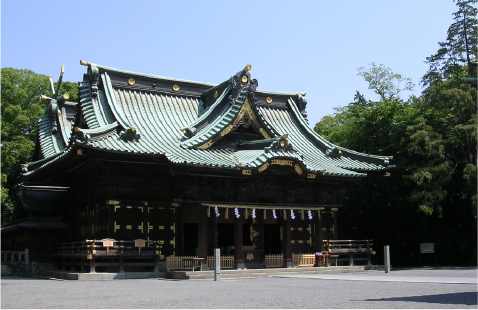
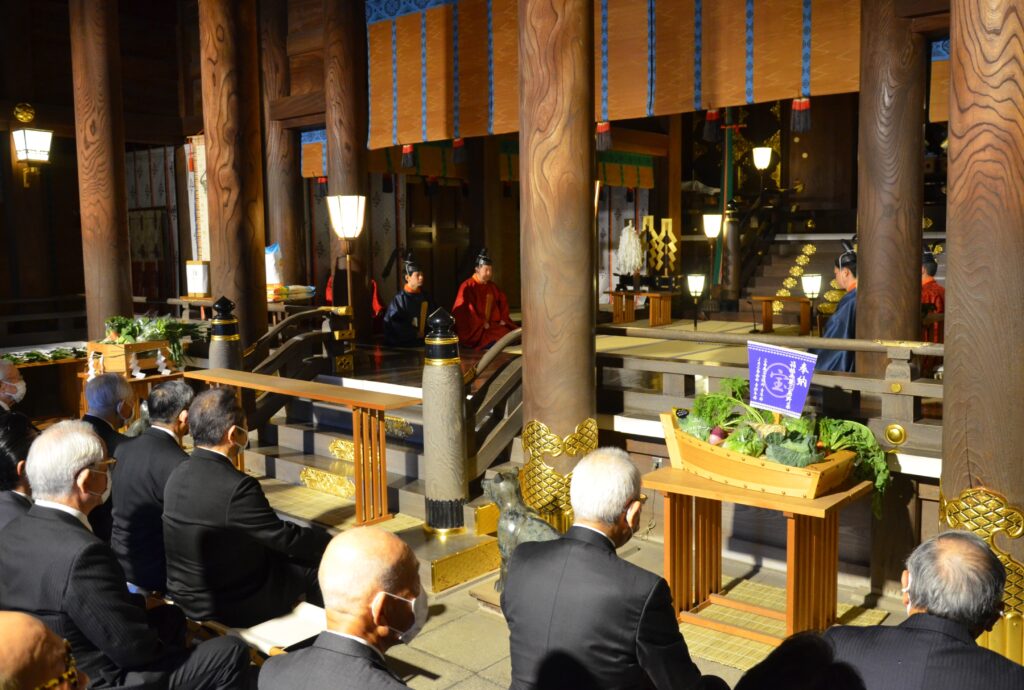
*In addition to the Shinnae Festival, Mishima-taisha Shrine has traditionally held three other festivals in April, August, and November to pray for and give thanks for a bountiful harvest. The August festival is called “regular festival” and is considered the “most important festival” among the 151 festivals held in a year.
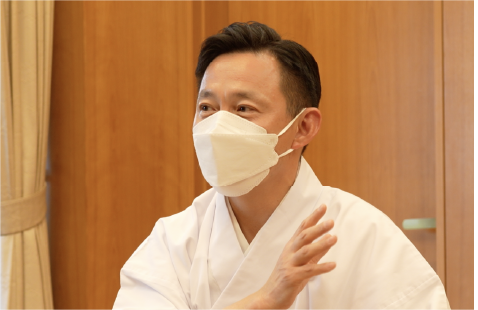
*Morio Yatabe, Priest of Mishima-taisha Shrine
After graduating from university, Mr. Yatabe served as a priest at Ise Jingu Shrine for four years from 1995, and then at Mishima Taisha Shrine from 1999. In addition to his daily duties such as cleaning and morning prayers, he has been preparing the shrine so that many visitors can feel comfortable during their visit.

Hakone Nishi-Foothill Mishima Vegetables and the New Year’s Tasting Ceremony
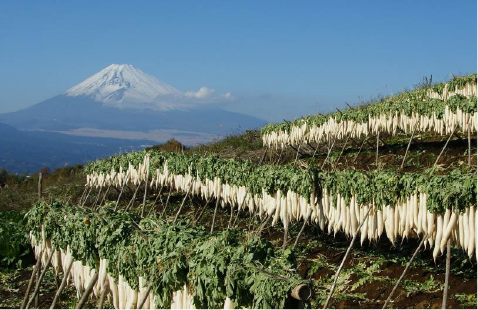
The festival of the tasting of new harvest is a very important festival for growing vegetables in the western foothills region to express gratitude for a bountiful harvest.
“The history of vegetables has been woven into the Japanese people’s memories long before rice cultivation penetrated the country, and it must be deeply engraved in their memories. It is a natural way to give thanks to the gods by offering them foods grown in the land.”
“The dedication of Hakone-nishifuroku Mishima vegetables must have been very pleasing to the gods in that sense.”
Yatabe-san said.
From rice planting to harvesting, the Japanese sensed the cycle of the year through sensory agriculture, and have always valued the “invisible. Even in harvesting, they never think that it was achieved solely by their own efforts.Mishima-taisha Shrine is the place where such faith and gratitude for “harvests” throughout the year are spun from generation to generation. We will continue to offer Hakone Nishi-Foothill Mishima vegetables to express our gratitude for the year ahead.
